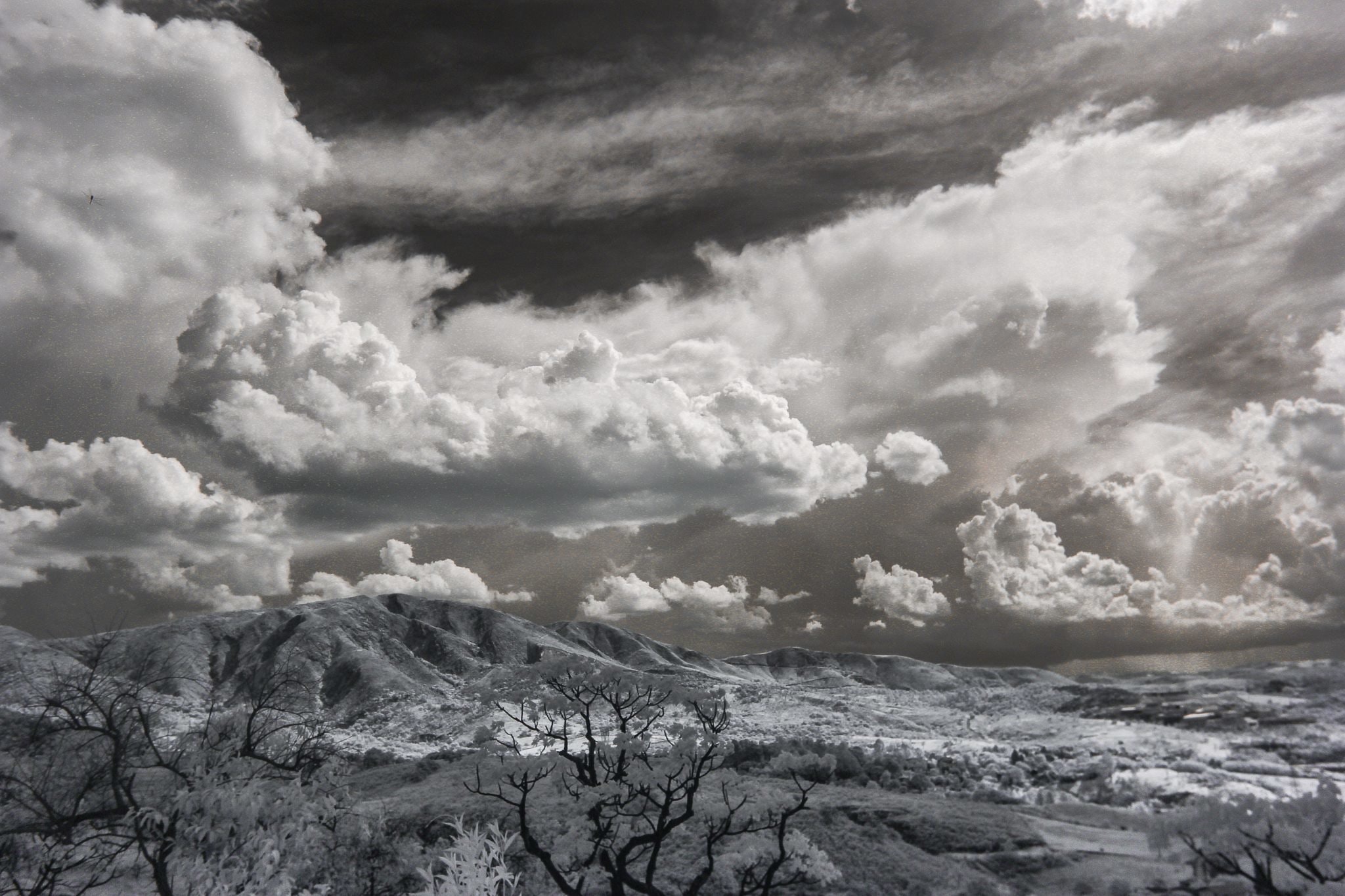Winter Books: Anti-Beach Reads, Ski Reads, and Skillbuilders

There are many different ways to respond to the weather that is bearing down on this part of the world. Alcohol is an old strategy; SAD lamps are a newer one. For our money, nothing beats books. Here is a wintry mix of our literary strategies for getting through the season:
ANTI-BEACH READS
If summer is the time for the light and breezy, maybe now is the time for thick woolen blankets, barely-functioning space heaters, and some big book projects.
When I’ve made it through the New Year and the ornaments are put away and all that is left is the debt, I’m ready for a bigger book. Take a look at Megan Marshall’s The Peabody Sisters: Three Women Who Ignited American Romanticism which chronicles the lives of Elizabeth, Mary, and Sophia Peabody. Three remarkable women who shaped the thinking of their day and inspire me to think big. Marshall’s book is big, but it’s worth it. —Sarah Banse, Editorial Assistant
If I had to use one word to describe a Boston winter, that word would be wuthering. So I have to start by returning to Emily Brontë. After that, I turn to the Scandinavians and the Russians: first, the new translation of Dostoevsky’s Demons and then Sigrid Undset’s trilogy Kristin Lavransdatter – all 1168 pages of it! I picked up shorter, cheerier novels for the summer, and poetry in the fall, and every time I walked away from the shelf I could hear these two fat books muttering to each other: “He’ll be back.” —Akshay Ahuja, Production Manager
If winter is when we (maybe) like to hunker down and tackle big, dense material, here’s a refreshing way of revisiting Melville’s classic Moby Dick: Dan Beachy-Quick’s A Whaler’s Dictionary (Milkweed Editions, 2008). Primarily a poet, Beacy-Quick takes his inspiration and form from Ishmael’s “Cetolotgical Dictionary” and meditates in many short, lyric essays on various ideas, including: “Accuracy,” “Babel,” “Void,” and “Wound.” For a winter soundtrack, check out Bon Iver. —Abby Travis, Editorial Assistant
Mary Gabriel’s Love and Capital (which I reviewed here) is 768 pages long, so it’s a good one to start when you have some time off. But apart from that, something about London in the 1800s—the gloominess, the damp—always says winter to me, and Gabriel captures it perfectly. —Andrew Ladd, Book Reviews Editor
SKI READS (THE ANTI-ANTI-BEACH READS)
Then again, maybe now is not the time to add gloom on top of gloom. Instead, you can counteract the weather with something light, in between dips in the hot tub and runs down the slopes. Behold the ski read, a term that I just made up. I have never actually been skiing, due to a combination of poverty and fear, but from TV it seems like people are having fun. Here are some books to read in front of the fire while combing out your beautiful blond hair.
For fluff, you can’t beat a short winter day and a long Maeve Binchy novel: Circle of Friends, about 800 pages of good old-fashioned story telling. When I’m feeling a little more literary, give me Margaret Mitchell’s Gone With the Wind and Harper Lee’s To Kill A Mockingbird, which I can read over and over again. —Sarah
If you want an escape from the gloom, I recently finished The Swinger, a roman a clef about Tiger Woods, co-written by Michael Bamberger and Alan Shipnuck. Nothing about that sounds remotely appealing, I know, but it was one of the most enjoyable novels I’ve read all year—engaging, funny, and with a narrator about whose own disastrous life you can’t help but feel sympathetic. —Andrew
You need a good mystery nearby in the winter. I prefer mine, when possible, to be slightly hard-boiled. For modern writers, P. D. James knows how to write a winter mystery (Devices & Desires is my personal favorite). Also, for a classic pulp thriller, check out Norbert Davis’s The Mouse in the Mountain (sometimes called Rendezvous with Fear) featuring a detective whose sidekick is a Great Dane. The philosopher Ludwig Wittgenstein, who consumed mountains of pulp, was a big fan. But the book is hilarious and not the least bit philosophical, so have no fear. Also, it takes place in Mexico and gives off a little stored warmth. —Akshay
HOLIDAY-THEMED READS
As I have learned from television, winter is associated with various holidays. Here are some favorite holiday-themed works.
Start a holiday tradition by staging a festive reading of Christmas at the Ivanovs, Aleksandr Vvedensky’s 1938 absurdist play, which begins with the musings of a one-year-old baby: “Will there be Christmas? There will be. Yet suddenly there will not be. Suddenly I will die.” Or you can celebrate the holiday as I have since I first received Lori Ostlund’s story collection, The Bigness of the World, for Christmas: reading each story beside the Christmas tree, full of gratitude to the state of Minnesota for creating such terrific writers. And in honor of Ploughshares’s Irish ancestral home (the pub), when you’re in the drunk tank this Christmas Eve, belt out “Fairytale of New York,” by The Pogues and featuring Kirsty MacColl. Happy nondenominational reading and listening! —Anne Gray Fischer, Ploughshares Event Coordinator and Reviewer
When I hear winter reads, I immediately think dense, deep, intellectual; Russian. But then the holidays spin out of control, letters to Santa, Christmas cards, wrapping, cooking, cleaning… Calgon take me away. Me, I want to be amused, so I’m going to recommend David Sedaris, Holiday On Ice, which includes the “Santaland Diaries” and “Dinah the Christmas Whore.” Also I would seek out Sedaris’ story, “Six to Eight Black Men,” which describes Christmas in the Dutch tradition, where St. Nicholas is the antithesis to our Santa. —Sarah
If you’re feeling the pressure of impending New Year’s resolutions, but are haunted by the ghost of ignored goals past, I’d recommend Saul Bellow’s short and disturbing novel, Seize the Day. Tommy Wilhelm is a jobless college dropout, divorced from his wife, and facing financial ruin. Throughout the book, he blames his situation on everything but himself: his father won’t give him any more money, his ex-wife is pressuring him to support her and their children, his luck is rotten, the weather is bad, and so on (and on and on and on). It’s hard to carpe diem any less than Tommy does. His search for truth and easy money, his perspective on his family, and the book’s ambiguous ending may disturb you just enough to keep you motivated through New Year’s. —Jessie Arnold, Intern
SKILLBUILDERS
If summer is the time to have fun, winter might be the time to learn things, since having fun now becomes significantly more difficult.
This winter break, I’ll be reading Ordering Disorder: Grid Principles for Web Design. (I swear that I’m not the most boring person in the world.) Written by former the design director of NYTimes.com, Vinh’s book will (hopefully) help guide Ploughshares in redesigning our website and blog (eventually). There’s something special about a well-designed website, and it’s worthwhile to take the time to do it right. This doesn’t seem like the kind of book you can read and immediately absorb the information, which is why I’m saving it for winter break when I’ll (hopefully) have the time to thoroughly digest its contents! —Andrea Martucci, Managing Editor
Winter is the time to brew and store and ferment, or at least to learn how. One fine guide is Wild Fermentation, by Sandor Ellix Katz. (And I can personally vouch for his recipes for sauerkraut and ginger beer.) For another great book on canning and preserving, check out Independence Days, by Sharon Astyk. Both books are a combination of recipes, history, and personal philosophy, which I find to be an appealing brew. —Akshay
Vivian Gornick’s The Situation and the Story: The Art of Personal Narrative (FSG 2002). This last semester has been pretty wild for me with classes, teaching, and of course everything going on here at Ploughshares, so I’m looking forward to using the winter break as a time to refocus on my writing. I’m excited to check out this book because several people have recommended it to me, for the way Gornick discusses separating the situation (the outer story, the plot) from the story (the inner story, what’s at stake, why anyone would care). —Abby
As farmers know, winter is the time plant garlic. You’ll have scapes in the spring and a full head by late summer. To learn how to grow it, check out Growing Great Garlic, and for a memoir, try A Garlic Testament: Seasons on a Small New Mexico Farm by Stanley Crawford. It’s a quiet and beautiful memoir about the experience of growing garlic. The premise is simple and the winter sections are the best. They remind us to “Wait. But not kill time” throughout the season. Winter is about sitting still, listening, turning inward, reflecting. Taking joy in simple pleasures like coming back inside after a cool walk, enjoying a cup of tea with a good book, embracing the humbling beauty that comes with a fresh blanket of snow or hoarfrost. Crawford offers a meditation on what each season has to offer. —Susanna Kellogg, Intern

